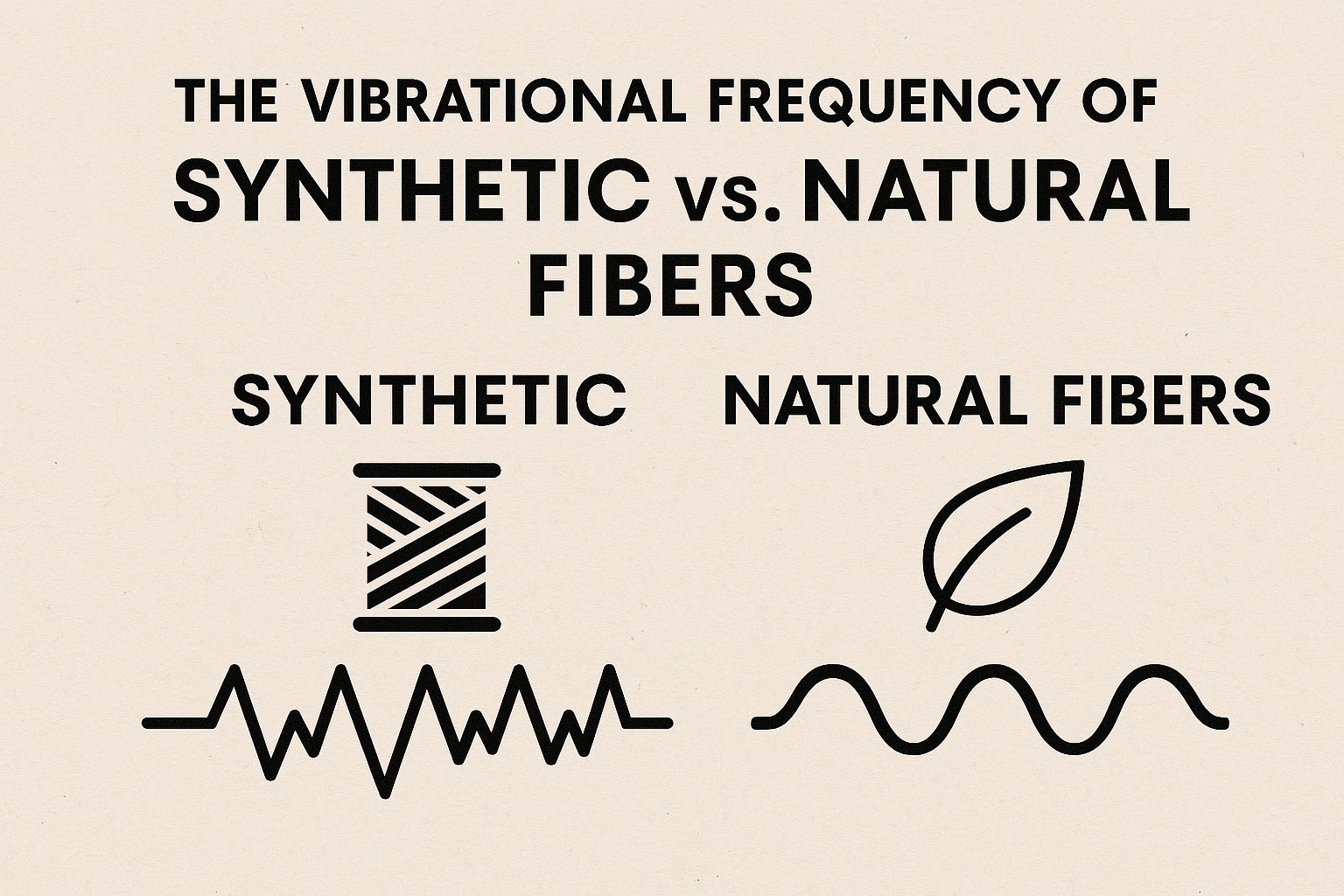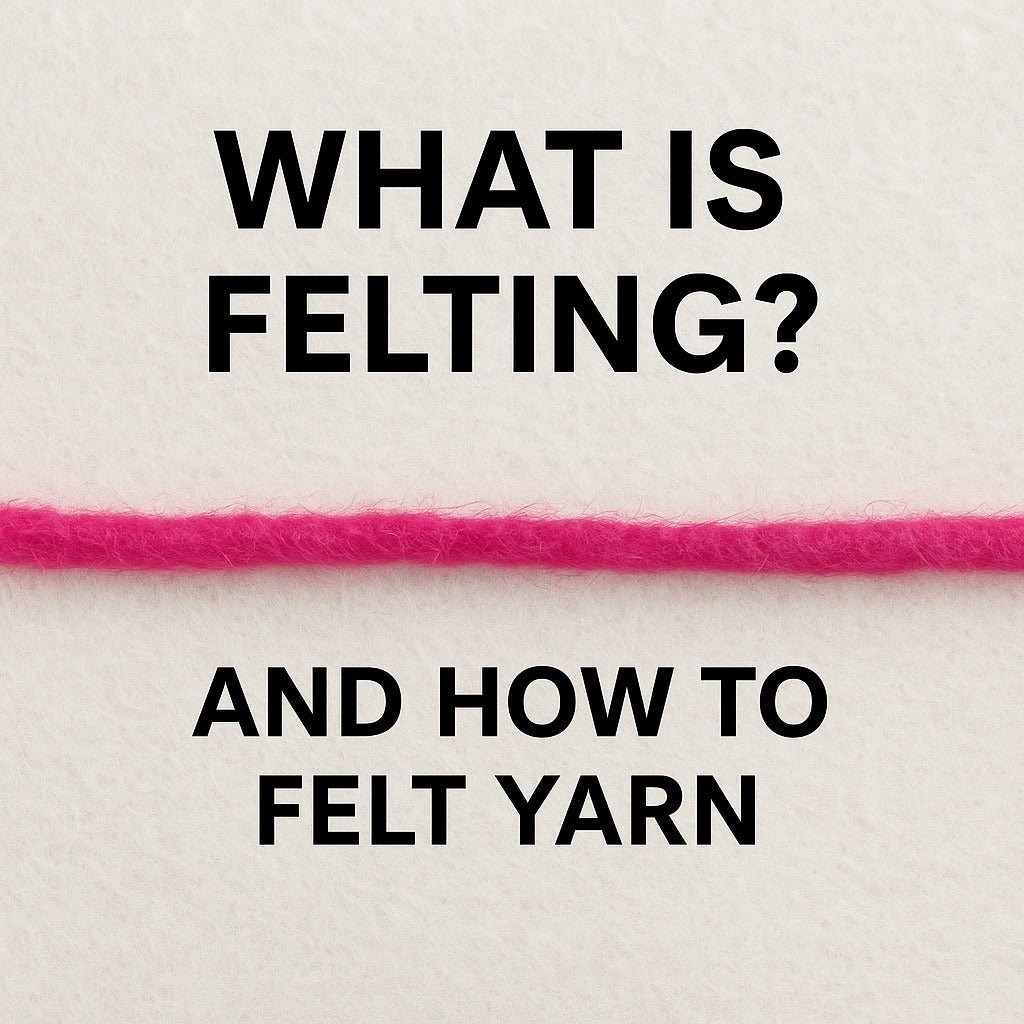Alpaca wool has become a popular choice for those who value sustainable and ethical fashion. With its softness, warmth, and luxurious texture, alpaca wool has become a staple in the fashion industry. However, not all alpaca wool is created equal. In this blog post, we will explore the differences between baby alpaca and regular alpaca wool, so you can make an informed decision when choosing alpaca wool for your wardrobe.
What is Regular Alpaca Wool?
Regular alpaca wool comes from adult alpacas, usually those who are three years old or older. The fibers of regular alpaca wool are thicker and more coarse than those of baby alpaca wool. Regular alpaca wool is still a high-quality wool, but it does not have the same softness and fineness as baby alpaca wool.
What is Baby Alpaca Wool?
As we learned earlier, baby alpaca wool comes from the first shearing of a young alpaca. This wool is known for its extreme softness and fineness, as the fibers are less than 20 microns in diameter. Baby alpaca wool is also more expensive than regular alpaca wool due to its premium quality.
The Softness and Texture of Baby Alpaca vs Regular Alpaca Wool
The most noticeable difference between baby alpaca and regular alpaca wool is their softness and texture. Baby alpaca wool is incredibly soft and gentle on the skin, while regular alpaca wool is more coarse and has a slightly rough texture. Regular alpaca wool can still be warm and comfortable, but it may not be as comfortable against sensitive skin.
The Durability of Baby Alpaca vs Regular Alpaca Wool
While baby alpaca wool may be softer and finer than regular alpaca wool, it may not be as durable. The fibers of baby alpaca wool are thinner and more delicate than regular alpaca wool, which means that it may not hold up as well over time. Regular alpaca wool, on the other hand, is known for its durability and can withstand wear and tear.
Which Should You Choose?
The choice between baby alpaca and regular alpaca wool ultimately comes down to personal preference and budget. Baby alpaca wool is more expensive but offers unparalleled softness and comfort. Regular alpaca wool is more affordable and durable, but may not be as gentle on the skin. Consider the intended use of your garment, your budget, and your personal preferences when choosing between baby alpaca and regular alpaca wool.
In conclusion, baby alpaca and regular alpaca wool both offer unique qualities that make them a popular choice for sustainable and ethical fashion. Understanding the differences between the two can help you make an informed decision when choosing alpaca wool for your wardrobe. Whether you choose baby alpaca or regular alpaca wool, you can rest assured that you are making a conscious choice for your wardrobe and the environment.



